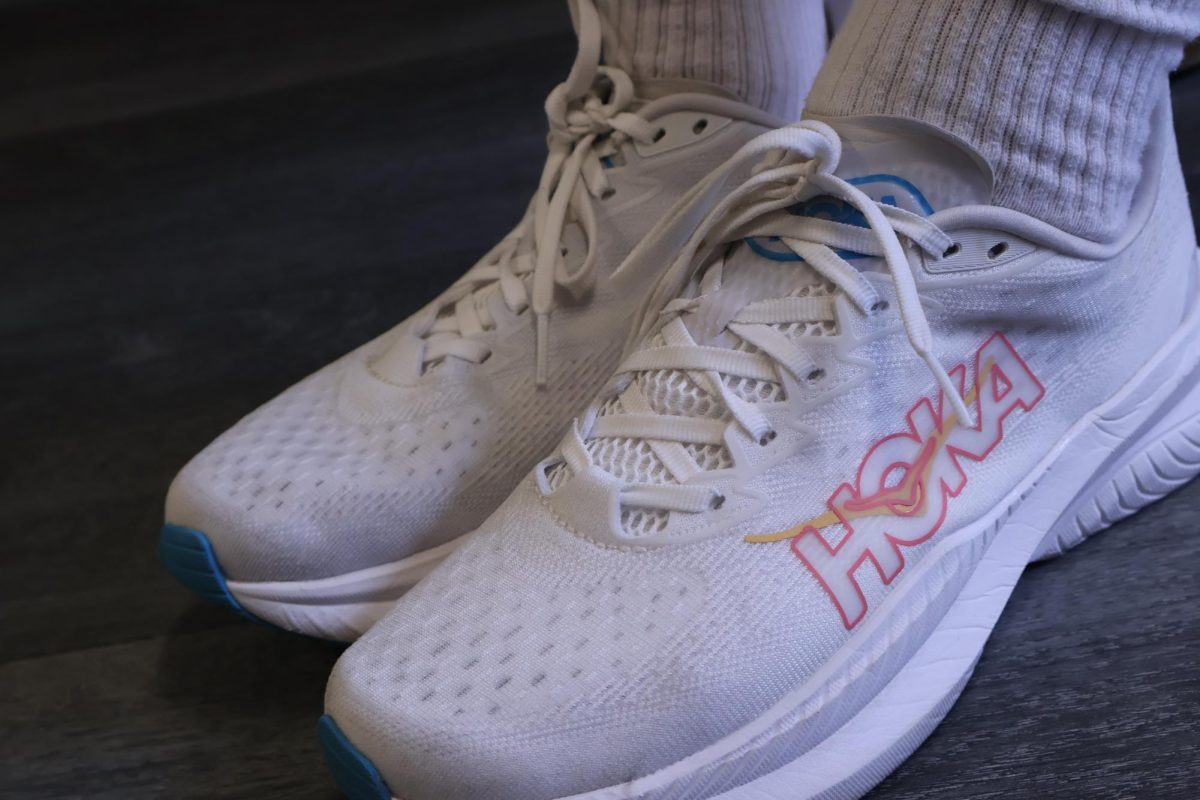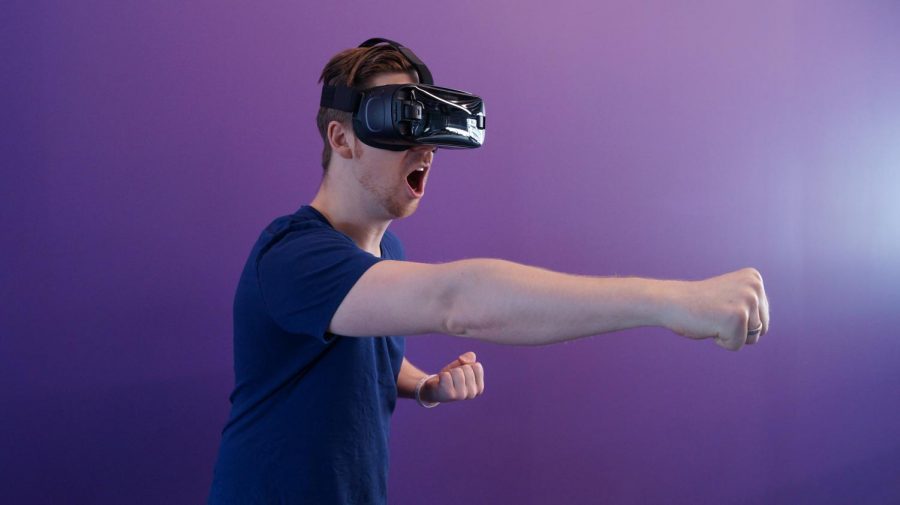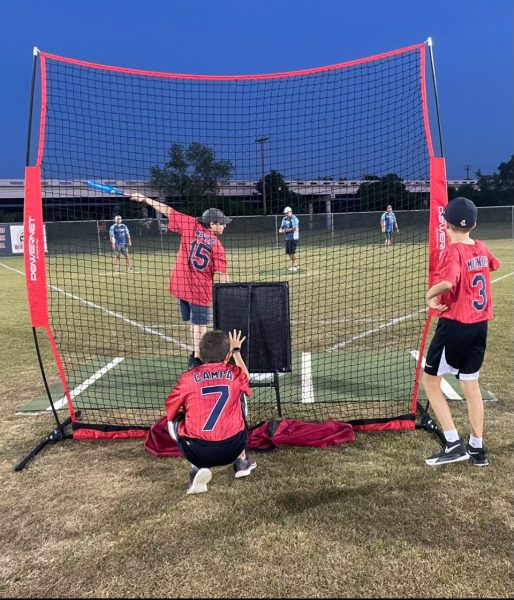VR in the 90s
We all think of VR as a modern advancement, but they invented it back in the 70’s. And it SUCKED.
Virtual Reality. I’m sure we all heard of it. Today’s VR is very advanced and most of it is fun. I can say that I’ve played some games on the PlayStation VR, and loved it. But, back in the 70’s/80’s , when video games were the new hot thing, multiple companies tried to create the VR experience that we know today… and failed. Sorry, Nintendo.
One good example is the Virtual Boy. When Nintendo tried to create the Virtual Boy in order to try and beat competitors, It was a huge flop. The most likely cause was its bright red screen, no comfortableness, and the lousy VR experience. Nintendo didn’t try to make any more VR consoles after that, only trying once again today with the Nintendo LABO. (Which was also a flop.) But, I’m sure we already heard about the Virtual Boy from Oliver.
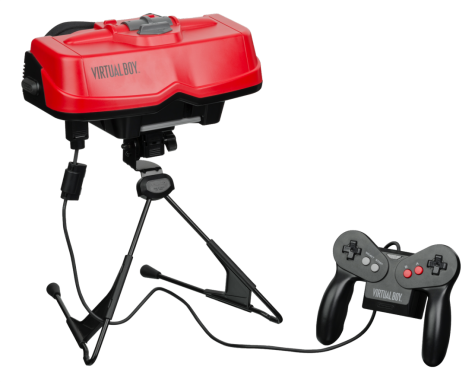
Let’s move onto another console… The Sega Vr.
This one was also a massive flop, and NEVER EVEN GOT RELEASED! They decided not to produce it due to severe headaches in users after extended use. They tried to cover it up by saying it was “too realistic.” Sure Sega. That’s definitely true. Since it tripped at the starting line, there was only 5 games in development for this ill-fated console. Nuclear Rush, Iron Hammer, Matrix Runner, and Outlaw Racing, which all sound as bad as the console.
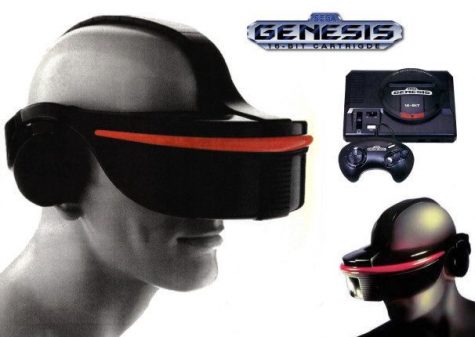
The final console we look at today… Isn’t actually a console. It’s much worse than that. It’s truly one of the worst I’ve seen. The Atari Mindlink. I’m not sure if i can classify this a virtual reality console, but essentially, you put this thing over your head, and controlled it with your eyebrows. According to Wikipedia, “The Mindlink was unique in that its headband form factor controls the game by reading the myoneural signal voltage from the player’s forehead. The player’s forehead movements are read by infrared sensors and transferred as movement in the game.” So yeah, a supposed console that reads your MIND. You can see why this flopped before it even came out, similar to Sega Vr. Again, the console was halted due to headaches, never being officially released to store shelves.

Another costly failure in the Virtual Reality field was the Apple QuickTime VR, which was just a glorified panorama program that couldn’t do much but look around a large, stretched, image.
VR in the 70s, 80s, and 90s mostly flopped. They suffered from head-ache inducing displays, mediocre games, and obnoxious marketing hype. But these devices provide an interesting look back into the world of video games all those years ago.

Andrew probably best compares to an unstable compound. He's unpredictable, can do anything, have lots of different parts, and treat him incorrectly, and...








